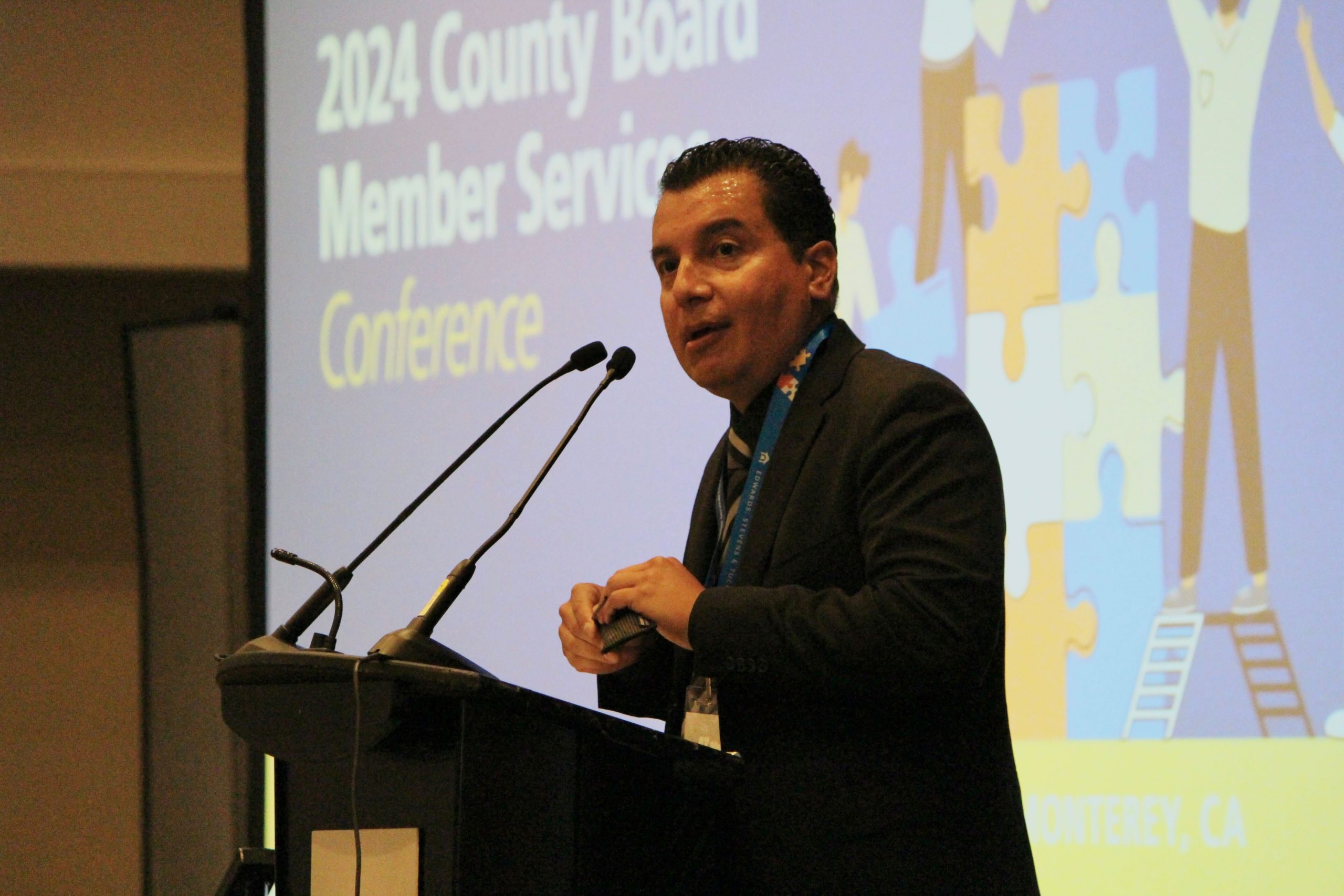by Peter Wright, Policy and Programs Officer
School leadership has long been front and center of any conversation about improving school performance, whether this is measured through student achievement, school climate or other important school-wide goals. I believe that the Local Control Funding Formula (LCFF) makes the school principal’s role all the more important because of its emphasis on parent engagement.
Yes, it is a parent’s responsibility to foster a relationship with their children’s teachers and also to ensure their children are at their best for learning. At the same time, principals must work to create welcoming schools for parents to visit. Parent surveys have cited busy careers or negative prior experiences with schools as just two of several reasons why they do not get more involved in their child’s school. How can principals help parents overcome these barriers? At the very least, they can make them feel welcomed.
I visited a Southern California school that serves students who are predominantly English learners or from low-income families. This is exactly the type of school that LCFF was designed for, but also a school where one might expect low parent involvement. Historically, parents who are poor or who do not speak English are the least likely to engage in their children’s school.
But here I saw quite the opposite. One parent in particular was recognized as being highly involved in the school. Near the end of the school day the principal excused himself from our conversation, explaining that he always greets the parents as they wait to pick up their students. Indeed, I saw him in front of the school a few minutes later with a group of parents who seemed glad to see him as they chatted in English and Spanish. By the way, this school—which had low API scores at the time—was named a California Distinguished School only a year after this principal arrived.
I believe that school culture starts with the school leader, and a school where parents feel welcomed is a sign of a strong school culture. This is a way for schools to model the behavior we hope our children will exhibit—connectedness, community engagement, openness to new suggestions. Additionally, parents who are engaged in their children’s schools model the importance of education and learning to their children. Furthermore, having parents around school can give children the opportunity to learn more about the different opportunities they might have after high school.
In second grade my best friend Steve’s parents were both college professors. I remember how much fun it was to go with them to their college’s athletic events and thinking how cool it was that they got to teach adults. Because Steve’s parents were engaged in our school we all had at least a second-grader’s perspective of what it was like to be a college professor.
While my memories of parent engagement from second grade may be anecdotal, parent involvement is a cornerstone of LCFF with good reason. The research is convincing that parent involvement at home and at school has substantial effect on students’ academic performance and behavior (see the “The Power of Parents” report by EdSource for a helpful summary of some research on the subject). If a child sees his or her parent engaged in their school when they talk to teachers, spend time in classrooms, and maybe even participate in PTA meetings or LCFF parent advisory councils, they too will take school seriously and find enjoyment in learning.
A key LCFF accountability mechanism is that school districts must consult with parents on programs that should be prioritized and funds that should be spent. Districts must even explain how they reached out to parents and how these conversations informed decisions in the Local Control and Accountability Plan (LCAP). This is an exciting new development for local control and what we all hope will be equity. For the equity piece to work as planned, parents must step up to make their voices heard. This is also a time when we must ask, how can school leadership empower parent voices?






Be the first to reply